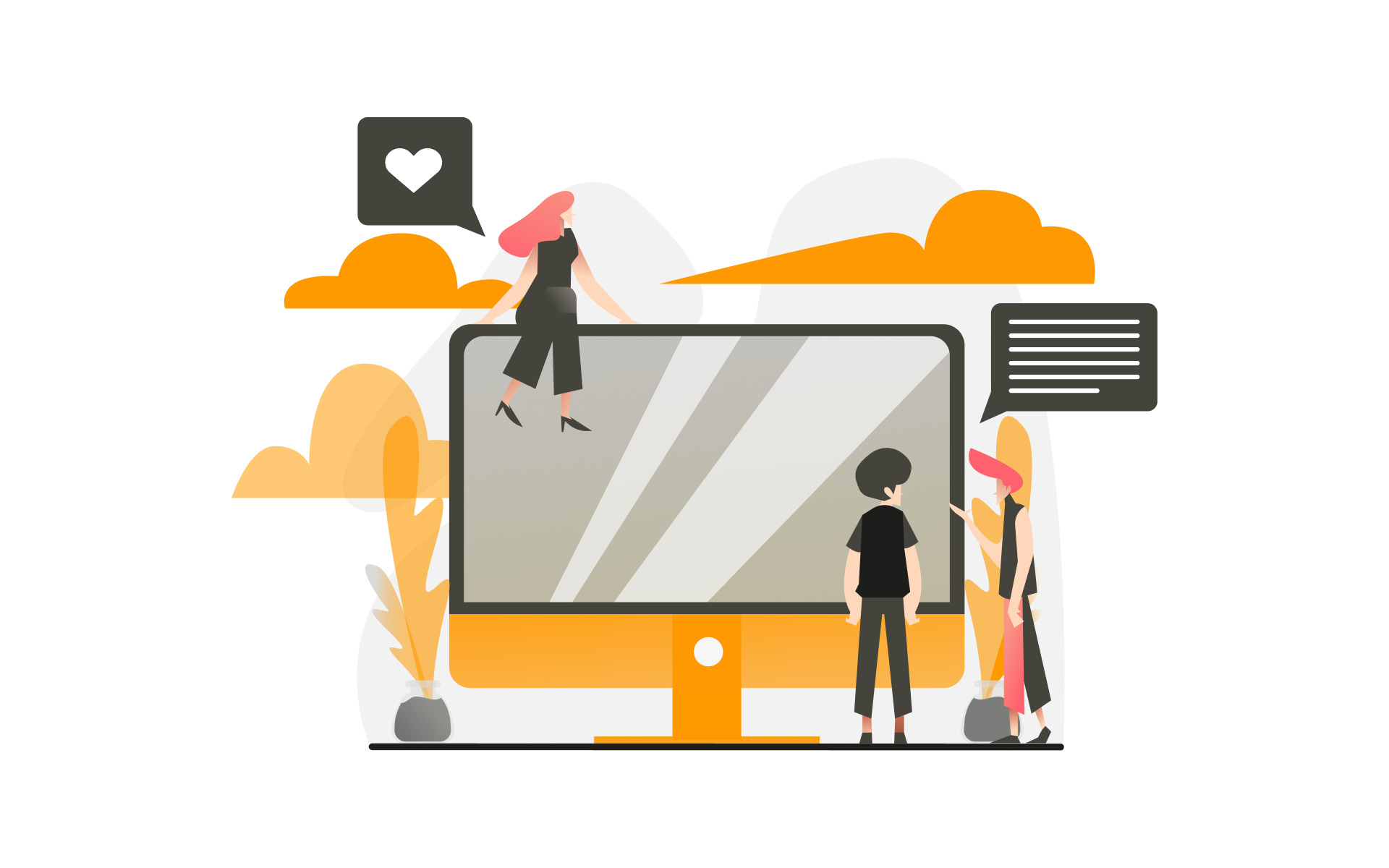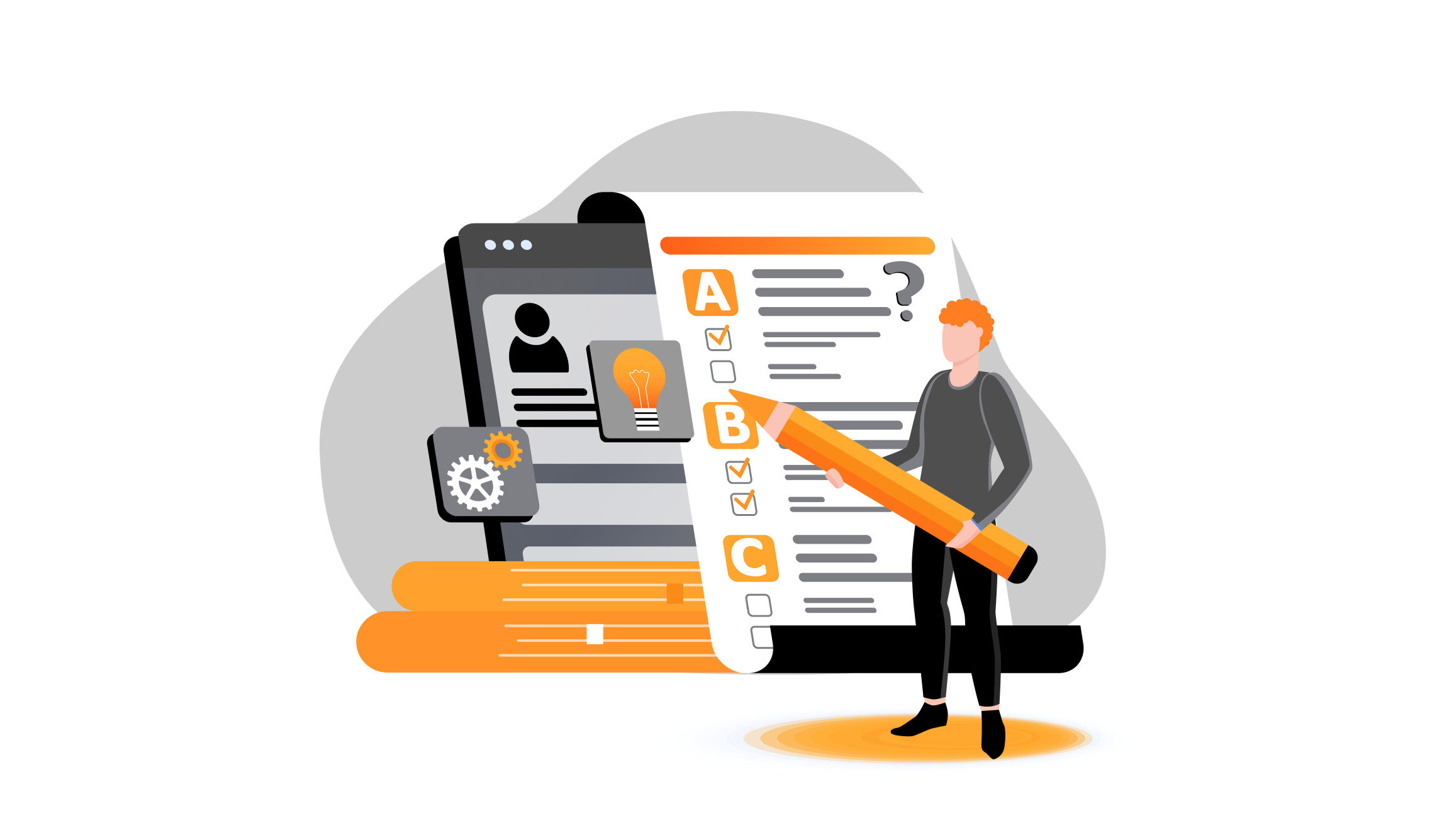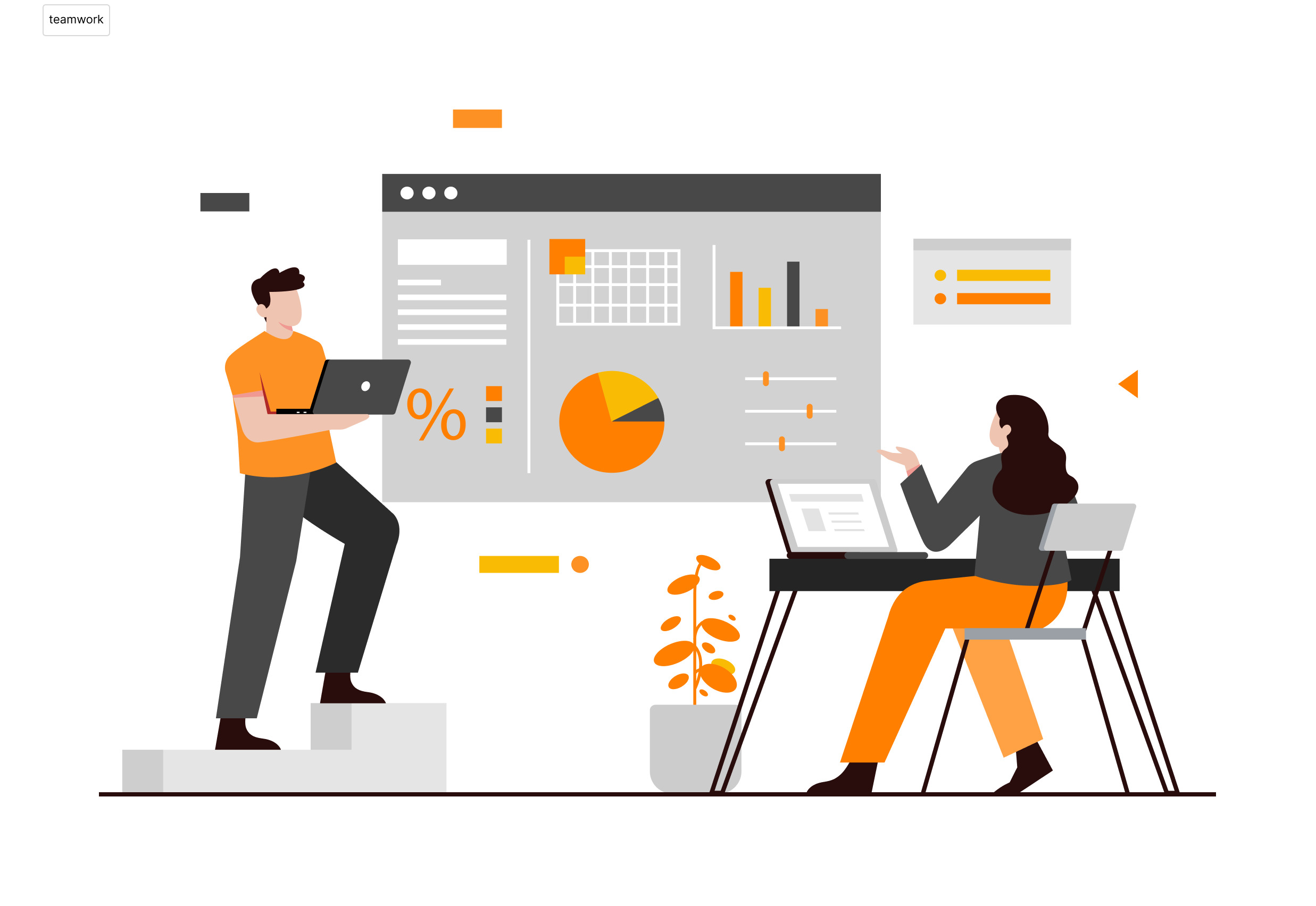Jun 24, 2023 • 2 min read
Prototyping Tools: Complete Guide to Choosing the Right One

Prototyping is a crucial stage in the development of products and projects, since It allows you to visualize and test ideas before investing resources in their implementation. To achieve effective prototypes, it is essential to have the right tools. In this article, we’ll explore a comprehensive guide to choosing the prototyping tools that best suit your needs. From specialized software to physical tools, we will provide you with useful information so thatyou can make informed and efficient decisions in your prototyping process.
Digital prototyping tools
Digital prototyping tools are widely used today due to their flexibility and ease of use. These tools allow you tocreate interactive prototypes that simulate the experience of the final product. Therefore, one of its biggest advantages is cost savings. Here are the two most popular options:
Online design and prototyping tools
There are silver forms online such as Figma, Adobe XD and InVision that offer a wide range of functionalities to design and prototype. These digital prototyping tools allow you to create user interfaces, add interactions, perform usability testing, and collaborate in real time with other team members. They are ideal for web and mobile application design projects, as they offer a complete digital prototyping experience.
3D Design Software
For projects that require tridimensional prototypes, 3D design software is a must. Tools such as AutoCAD, SolidWorks, and SketchUp offer advanced capabilities for modeling 3D objects, creating virtual prototypes, and running simulations. These tools are especially usefulin industries such as engineering, architecture, and physical product design.
Physical prototyping tools
In addition to digital prototyping, there are physical tools that are useful for the development of tangible and functional prototypes. These tools are especially valuable when you need to evaluate tactile, mechanical or physical aspects of the product. These are two options with many followers:
3D printers
3D printers have become increasingly accessible and versatile in recent years. They allow you to create physical prototypes in successive layers, which facilitates the visualization and testing of three-dimensional designs. They are especially useful as prototyping tools when tangible prototypes are required, such as the creation of machinery parts, architectural models, or toys.
Electronic prototyping kits
These kits, such as Arduino and Raspberry Pi, are very versatile physical prototyping tools for the development of interactive electronic prototypes. They allow the connection of electronic components and sensors to create functional prototypes. They are very commonly used in the creation of IoT devices, robotics, and electronics projects.
Tips for choosing the right prototyping tools
When choosing a prototyping tool, it is important to consider several factors:
- Type of project: identify the type of project you are working on and what aspects of the product you want to evaluate. If you are developing a mobile application, an online design and prototyping tool will be more suitable. If you’re creating a physical prototype of a machine, a 3D printer might be the right choice.
- Skill level: Consider your skill level and experience in using prototyping tools. Some may require more extensive learning, while others are more intuitiveand user-friendly. Evaluate how much time you can invest in learning how to use a new tool before deciding.
- Budget: Consider the budget available to purchase prototyping tools. Some digital tools have associated costs, especially if they require monthly or annual subscriptions. If you are going to develop physical prototypes, you must consider the cost of the necessary materials.
- Collaboration: If you’ll be working as a team, makesure you choose a tool that allows for effective collaboration. Evaluate whether it is possible to share projects, make comments and reviews in real time, and work together with other team members.
In short, prototyping is an essential cover in the development of products and projects, and having the right tools can make a difference in the success of your initiatives. Both digital and physical prototyping tools offer diverse and powerful options for materializing ideas and testing concepts. When choosing the right tool, consider the type of project, your skill level, budget, and ability to collaborate. With this comprehensive guide, you’ll be able to make informed decisions and select theprototyping tools that perfectly suit your needs. However, if you need more personalized help, you can always contact us.
Book a consultation
Let's start some incredible projects.
Let's innovate together!









